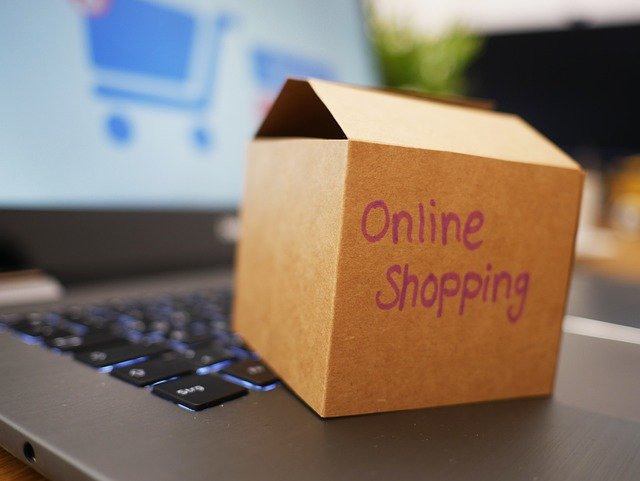Cross-border fulfillment strategies for faster international delivery
Faster international delivery depends on coordinated fulfillment strategies that bridge inventory, customs, and customer expectations. This article outlines practical approaches—from leveraging ecommerce data and AI for forecasting to choosing regional partners and designing returns flows—that help reduce transit times, lower friction at checkout, and improve overall cross-border delivery reliability.

ecommerce and AI in fulfillment
Artificial intelligence can sharpen demand forecasts and improve inventory placement for cross-border ecommerce, reducing stockouts and unnecessary long-distance shipments. Use AI models to predict regional demand patterns and trigger replenishment to localized warehouses or distribution centers. Machine learning also helps prioritize order routing by balancing cost and delivery time, while AR tools can speed warehouse picking for complex international assortments. Combining predictive analytics with real-time order data lets operations shift inventory closer to demand, shortening fulfillment legs and lowering transit delays that often inflate delivery times across borders.
personalization, recommendations, and discovery
Personalization and product recommendations influence what customers discover and order internationally, which in turn affects fulfillment planning. When discovery tools surface regionally popular SKUs or suggest variants with simpler shipping requirements, merchants can reduce customs complexity and delivery exceptions. Tailor recommendations to show items fulfilled from regional hubs or with compliant attributes (size, materials) to prevent delays. Informing customers during product discovery about estimated international delivery windows and available fulfillment options sets clearer expectations and improves post-purchase satisfaction.
checkout, payments, and conversions
Checkout design directly affects cross-border conversions and fulfillment efficiency. Offering localized payments and transparent duties and taxes during checkout reduces abandoned carts and costly post-sale surprises. Prepaid duties and landed-cost calculators can shorten customs clearance and speed final delivery. Clear shipping options that differentiate express, economy, and regional pick-up — alongside estimated delivery dates — help buyers choose options aligned with their delivery needs. Streamlined checkout flows on mobile devices also minimize entry errors that could trigger address corrections and shipment delays.
mobile, social, and customer experience
Mobile and social channels influence buyer expectations for speed and visibility. Provide timely shipment notifications via mobile apps and social messaging channels to keep international customers informed at each milestone. Real-time tracking that shows customs status or local handoffs reduces inquiry volume and perceived waiting time. Social platforms also serve as discovery and post-purchase support channels; integrating customer service there with fulfillment systems helps resolve address or delivery preferences quickly, preventing failed delivery attempts and returns that prolong fulfillment cycles.
returns, sustainability, and international rules
Designing an efficient cross-border returns process is essential to fast, sustainable fulfillment. Offer local returns points or partner with regional reverse-logistics providers to avoid long return transit times to origin countries. Use sustainable packaging and consolidated shipments where possible, and provide clear customs instructions for returned goods to prevent hold-ups. Compliance with local import/export regulations and documentation standards reduces the risk of shipments being delayed at borders. Balancing sustainability goals with logistics choices—like using slower consolidated shipments for low-urgency items—can cut carbon while maintaining acceptable delivery times.
fulfillment providers and logistics options
Choosing the right mix of carriers and fulfillment partners matters for faster international delivery. Consider a hybrid approach: global express carriers for urgent parcels, regional couriers for last-mile delivery, and third-party fulfillment networks for distributed inventory. Below is a selection of widely used providers and the core services they offer.
| Provider Name | Services Offered | Key Features/Benefits |
|---|---|---|
| DHL | International express, customs brokerage, warehousing | Extensive global network, customs expertise, time-definite options |
| FedEx | Global freight and parcel, cross-border e-commerce solutions | Strong air network, tracking, seller-facing tools |
| UPS | International shipping, customs clearance, warehousing | Integrated freight and parcel services, returns solutions |
| ShipBob | Outsourced e-commerce fulfillment, distributed warehouse network | Integrates with platforms, distributed inventory placement |
| Easyship | Shipping API, multi-carrier rate comparison, label generation | Rate optimization, duties calculators, cross-border tools |
Conclusion Faster cross-border delivery combines smarter inventory placement, localized fulfillment partners, transparent checkout and payments, and proactive communications across mobile and social channels. Employ AI-driven forecasting to position stock, design checkout flows to reduce friction, and choose a carrier mix that matches speed and cost needs. Effective returns management and regulatory compliance further protect delivery timelines. Together, these strategies create predictable international delivery that aligns with customer expectations and operational constraints.





